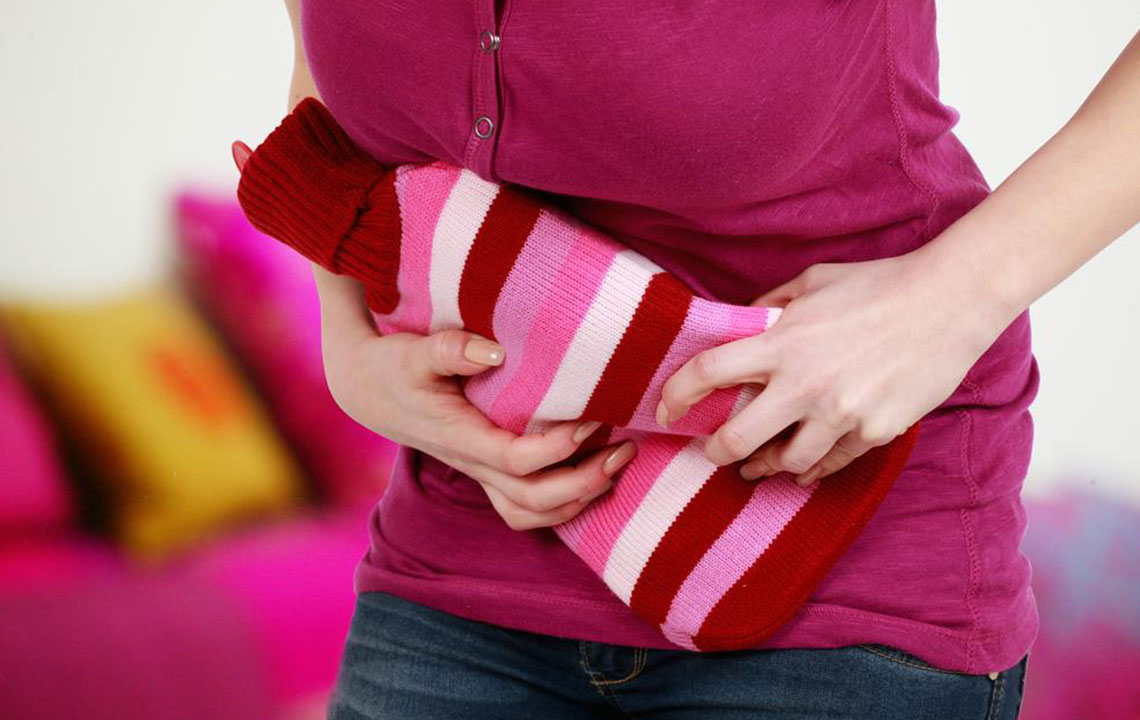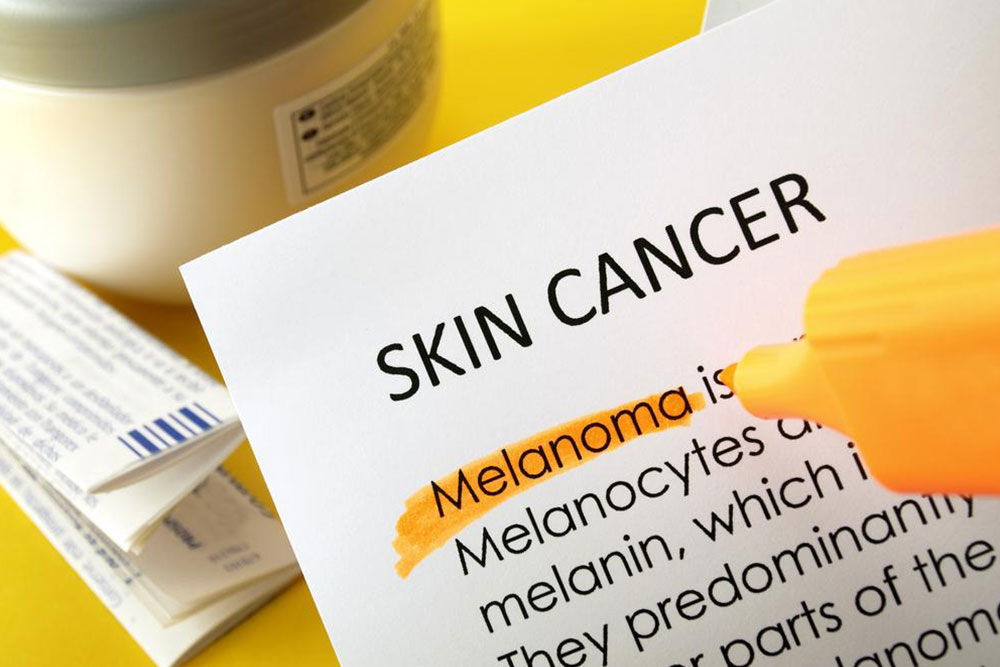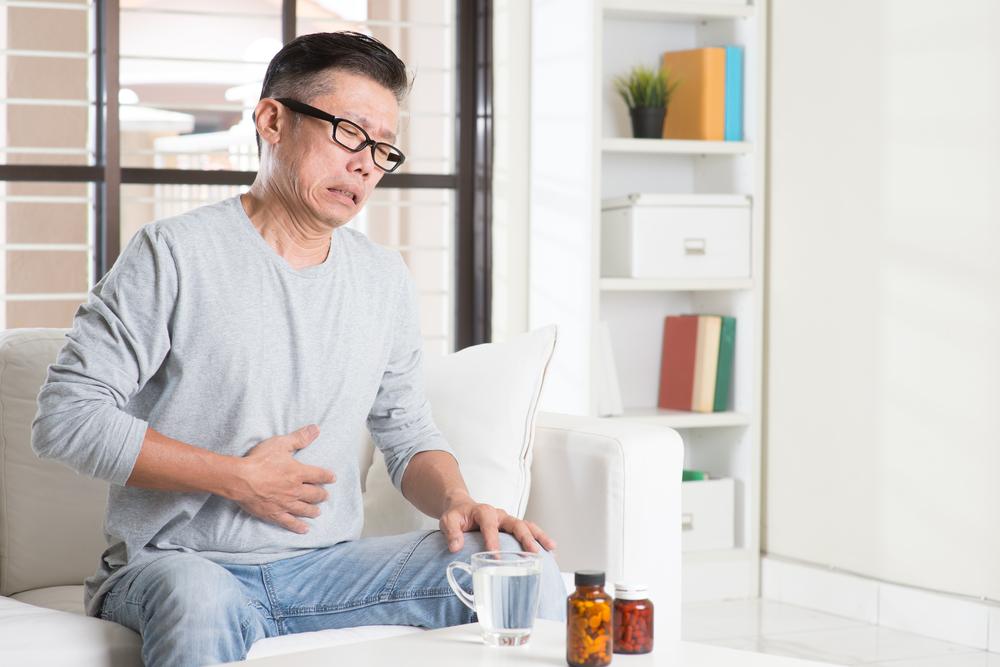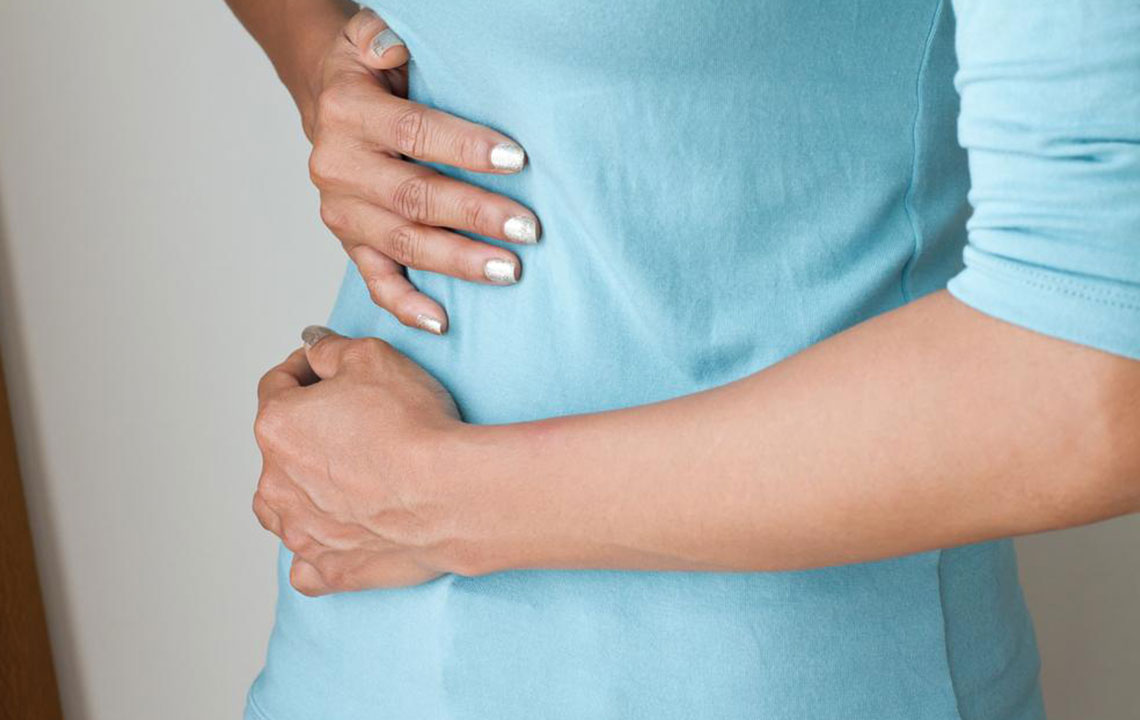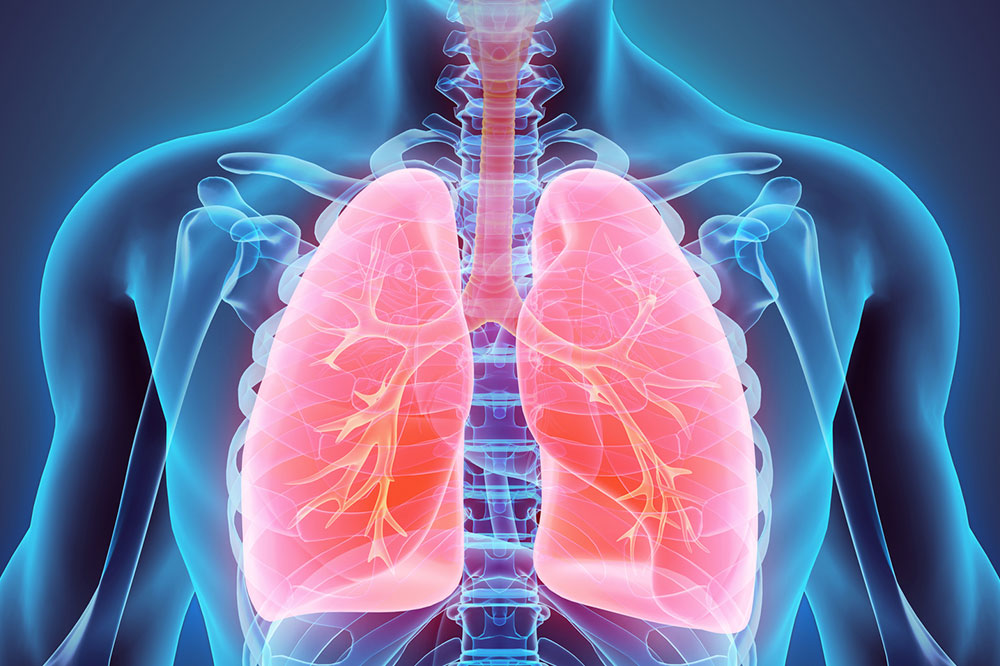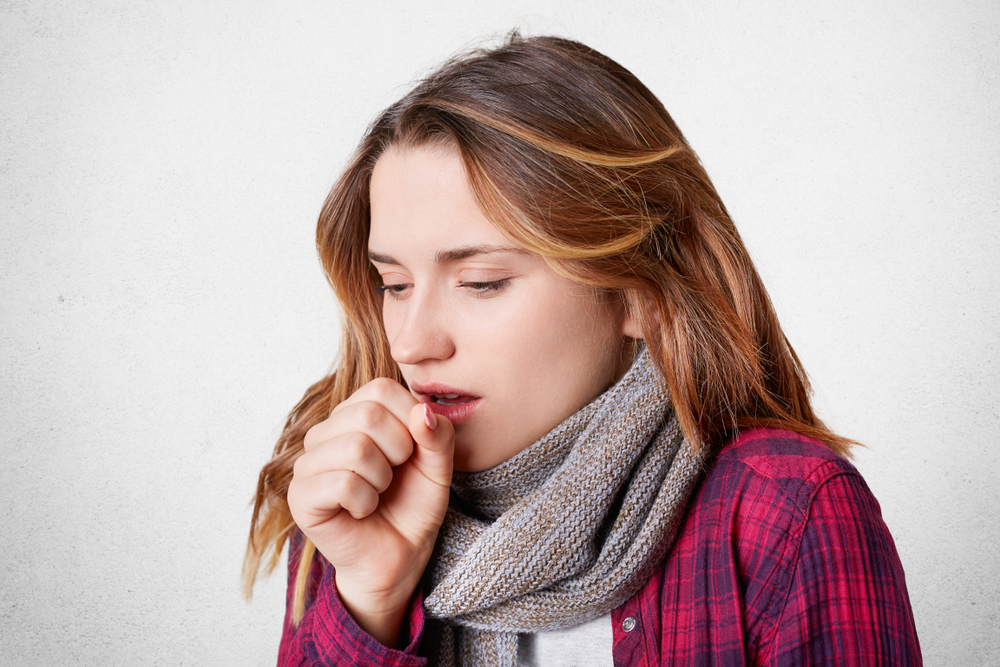Understanding Bladder Infections: Causes, Symptoms, and Treatment Options
This article offers a comprehensive overview of bladder infections, highlighting their causes, symptoms, diagnosis, treatment options, and preventive tips. It emphasizes the importance of timely medical attention and proper hygiene practices to avoid complications and recurrence. Suitable for all age groups, especially women, it aims to educate readers about managing and preventing this common urinary tract issue effectively.
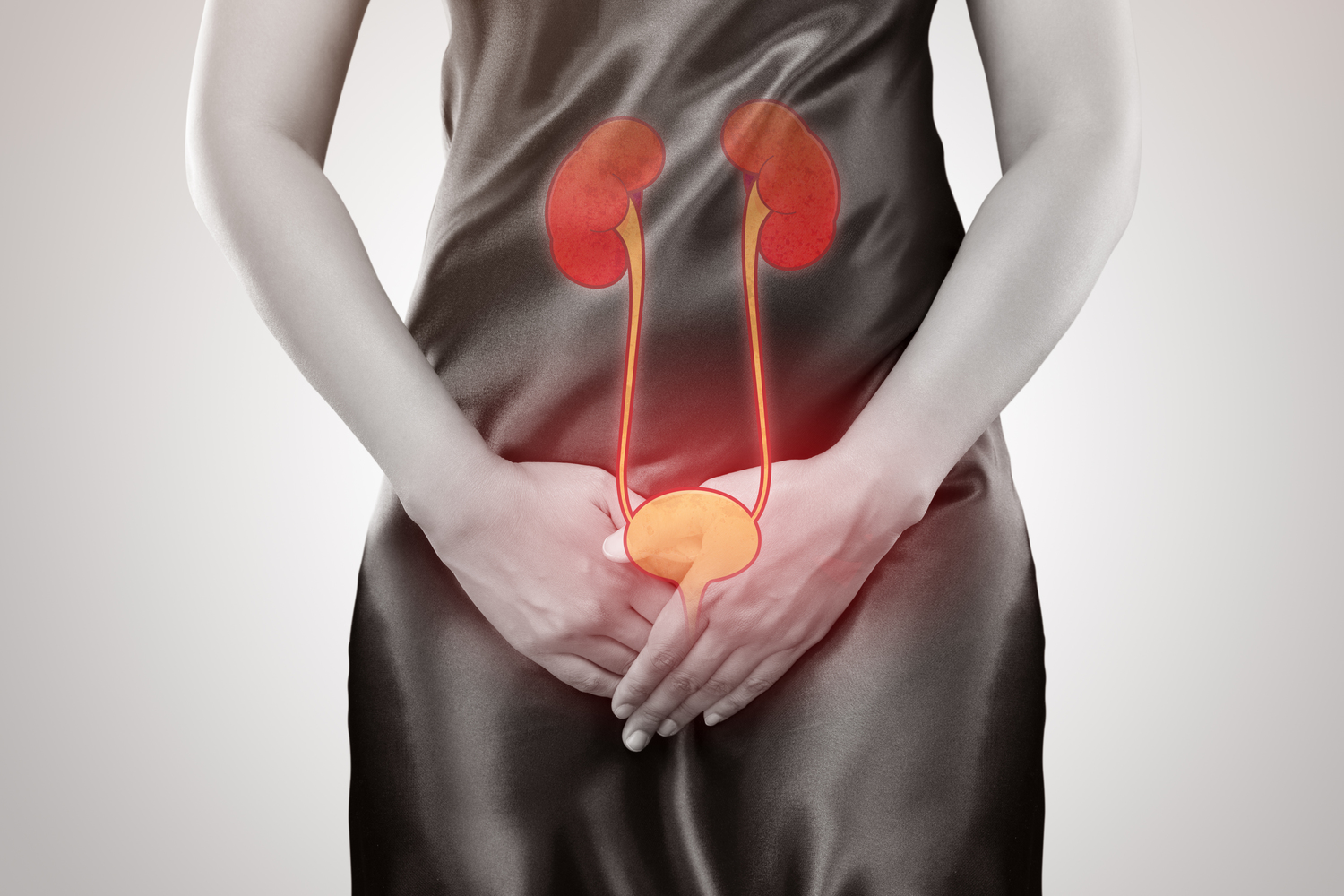
Understanding Bladder Infections: Causes, Symptoms, and Treatment Options
Overview of Bladder Infections: Causes, Signs, and Remedies
A bladder infection, a common urinary tract issue, results from bacterial invasion of the bladder. The main culprit is Escherichia coli (E. coli), responsible for most cases. Women are more frequently affected due to anatomical differences, with about half experiencing an infection at least once in their lives. This condition can cause discomfort, including a persistent urge to urinate. Anyone at any age can develop a bladder infection, which requires timely management to prevent complications.
Continue reading for insights into the causes, symptoms, and treatment methods for bladder infections.
What leads to a bladder infection?
Bacteria normally eliminated through urination can invade if not flushed out, ascending toward the bladder.
Once bacteria reach the bladder, they proliferate rapidly, causing infection.
If untreated, bacteria can ascend further to the kidneys, leading to serious health issues.
Women are more vulnerable because their urethral opening is close to the anus.
Signs and Symptoms of a Bladder Infection
Burning sensation or pain during urination and lower abdominal cramps are common indicators.
Urine may appear cloudy, dark, or contain blood.
The urge to urinate frequently increases.
Urine emits a foul or unusual odor.
In some cases, back pain and fever suggest the infection has spread to the kidneys.
Risk Factors for Developing a Bladder Infection
Engaging in sexual activity with new partners
Not urinating after intercourse
Advanced age
Having diabetes
Using diaphragms with spermicides as contraception
Menopause transition
Diagnosis Methods
Urinalysis detects bacteria, blood, or pus in urine.
Ultrasound, CT scans, or MRI may be performed to rule out kidney involvement.
A cystoscopy involves inserting a tube through the urethra for detailed imaging or tissue sampling.
Typical Treatment Options
Many bladder infections resolve naturally within days; persistent symptoms warrant medical consultation.
Antibiotic therapy is standard, with duration depending on infection severity—ranging from a few days to several weeks.
Women might receive topical vaginal treatment for irritations.
Pain relievers may be prescribed for severe cramps.
Applying a warm compress can help soothe lower abdominal discomfort.
Preventive Measures
Drink plenty of water to help flush bacteria from the urinary tract.
Avoid spicy foods and caffeine, which can aggravate symptoms.
Steer clear of artificial sweeteners that may irritate the bladder.
Cranberry juice may reduce E. coli bacteria adherence, aiding in prevention, though it shouldn't replace other measures.
Avoid scented soaps and feminine sprays.
When wiping, always wipe front to back to prevent bacterial spread.
Wear breathable cotton underwear to maintain hygiene and airflow.

